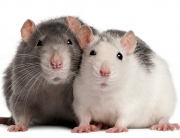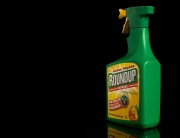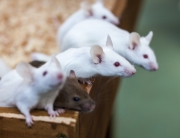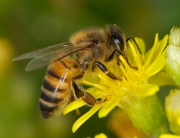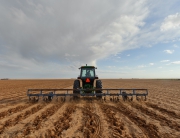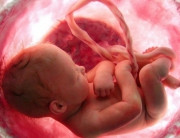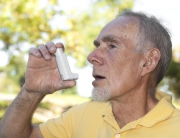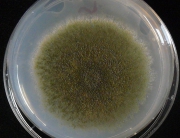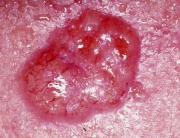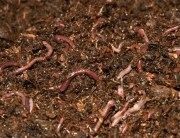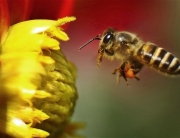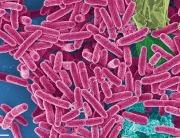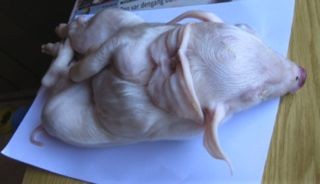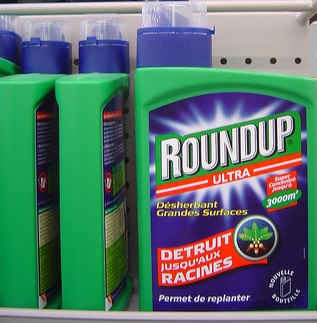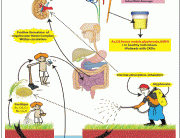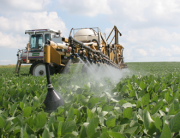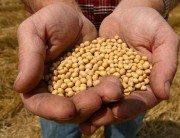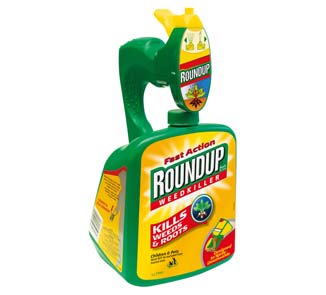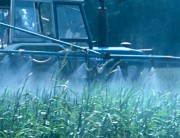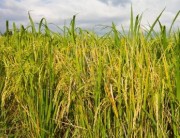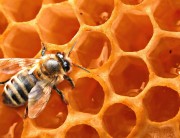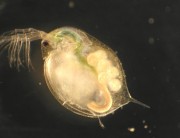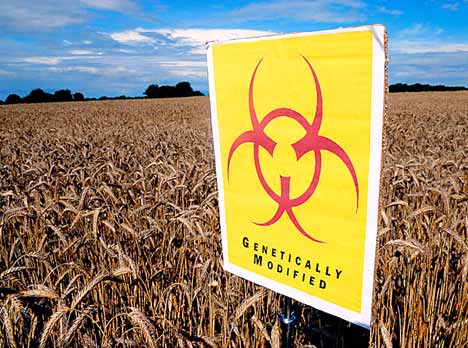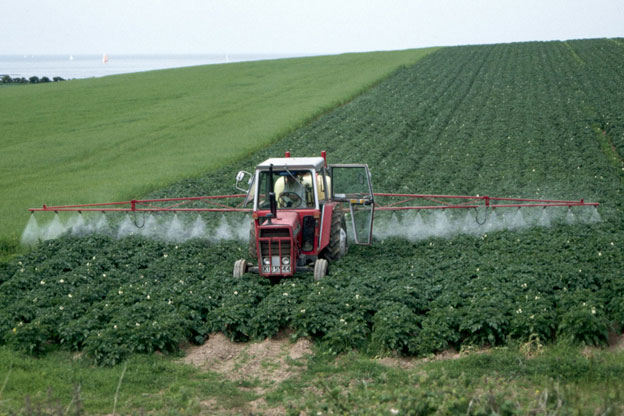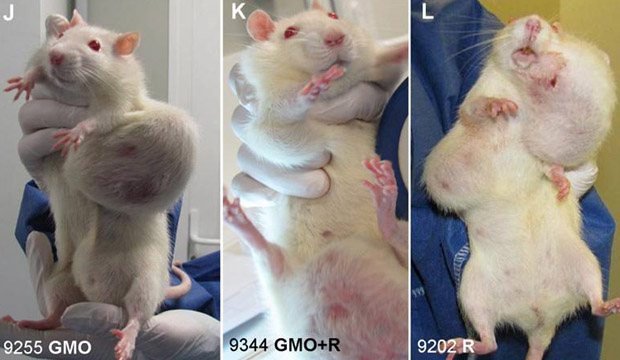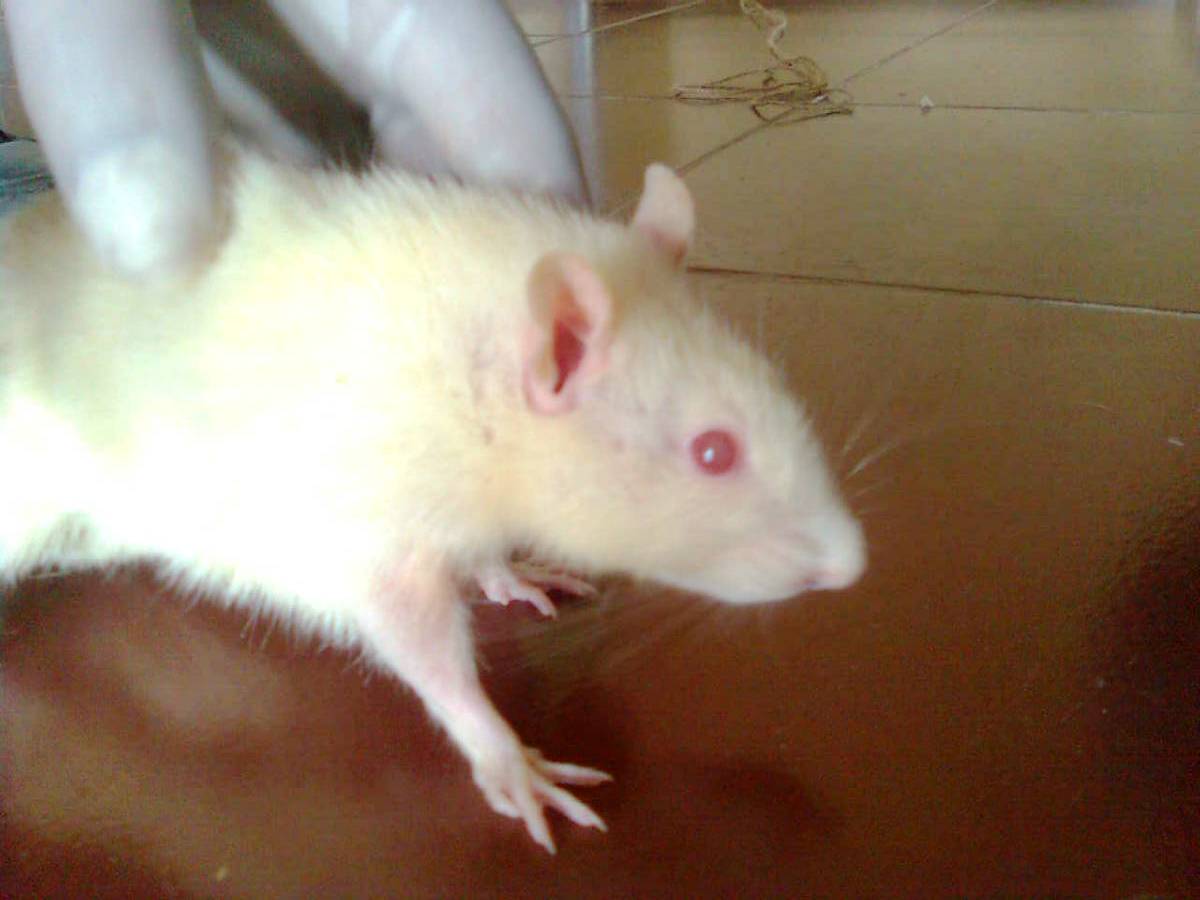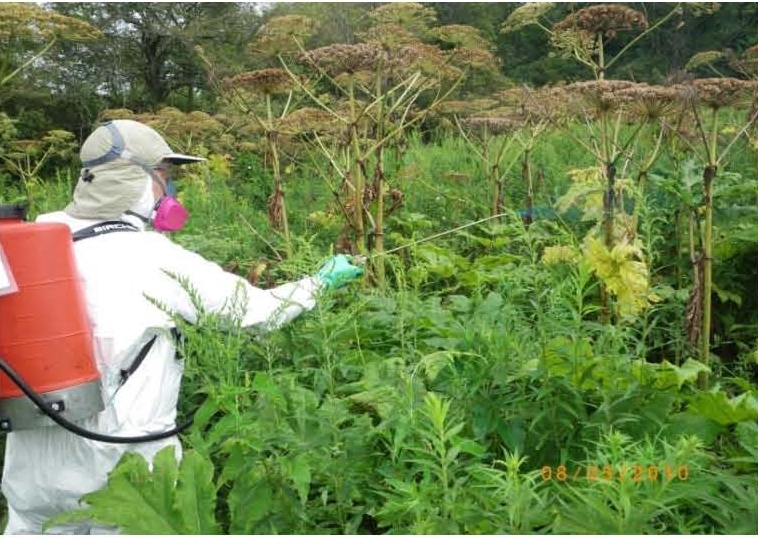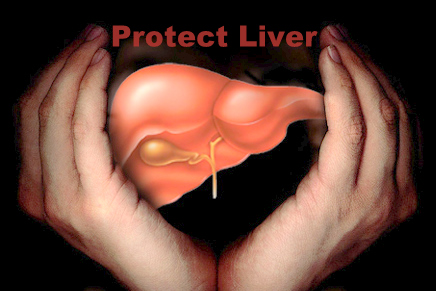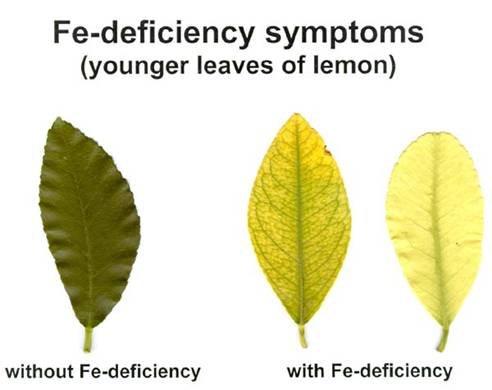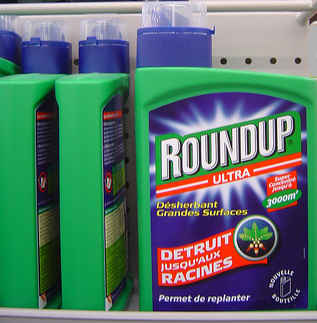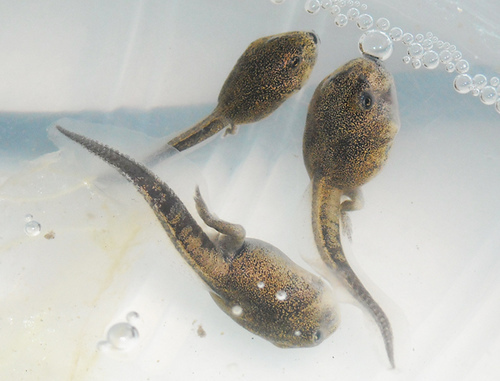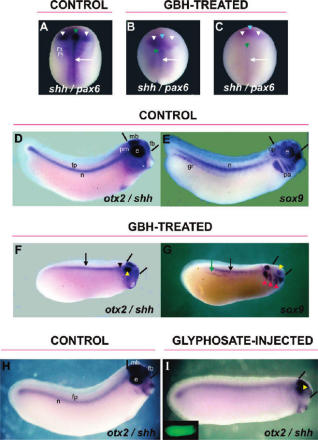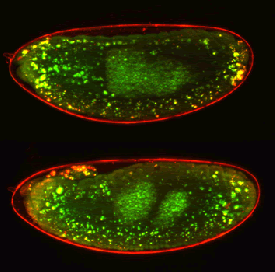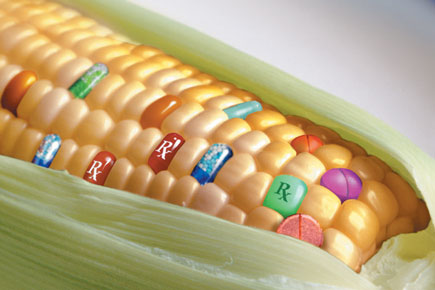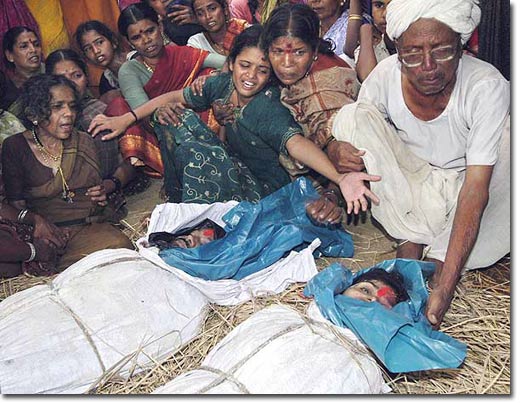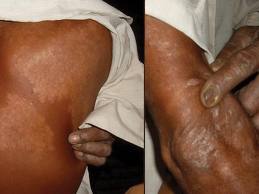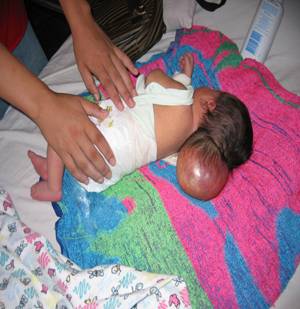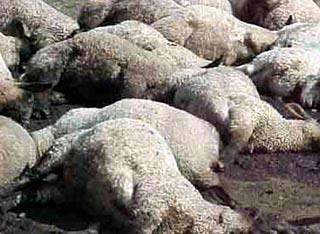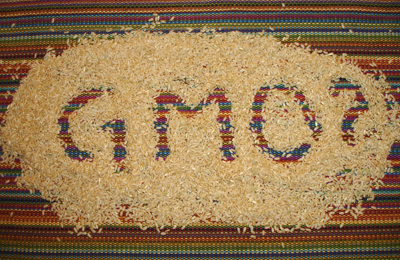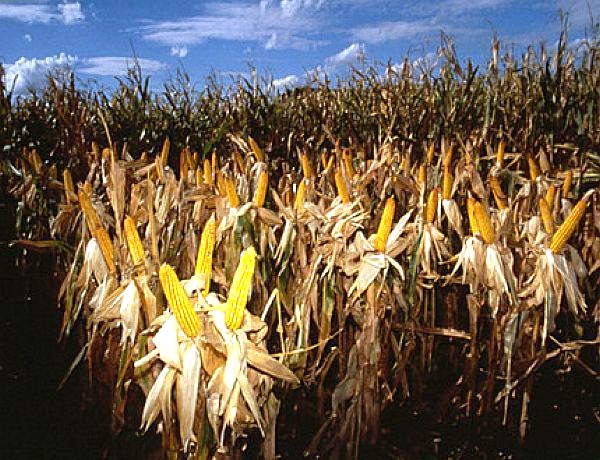New research supports the possibility that combined exposure to heavy metals and glyphosate has a synergistic effect leading to high levels of heavy metals accumulating in the kidneys. This in turn causes chronic kidney disease of the type that is now a serious problem among agricultural workers in Sri Lanka.
The scientist behind the new study, Dr. Channa Sudath Jayasumana, was interviewed by Sustainable Pulse in 2014.
In Sri Lanka alone CKDu now afflicts 15% of people of working age in the Northern part of the country; a total of 400,000 patients with an estimated death toll of around 20,000.
Watch the videos “Mystery in the Fields” and “Cycle of Death” for 5 minute documentaries providing additional background information on afflicted areas around the world.
Title: Simultaneous exposure to multiple heavy metals and glyphosate may contribute to Sri Lankan agricultural nephropathy
Full Paper: http://www.biomedcentral.com/1471-2369/16/103
Authors: Channa Jayasumana, Sarath Gunatilake and Sisira Siribaddana
Abstract:
Background
Sri Lankan Agricultural Nephropathy (SAN), a new form of chronic kidney disease among paddy farmers was first reported in 1994. It has now become the most debilitating public health issue in the dry zone of Sri Lanka. Previous studies showed SAN is a tubulo-interstitial type nephropathy and exposure to arsenic and cadmium may play a role in pathogenesis of the disease.
Methods
Urine samples of patients with SAN (N = 10) from Padavi-Sripura, a disease endemic area, and from two sets of controls, one from healthy participants (N = 10) from the same endemic area and the other from a non-endemic area (N = 10; Colombo district) were analyzed for 19 heavy metals and for the presence of the pesticide- glyphosate.
Results
In both cases and the controls who live in the endemic region, median concentrations of urinary Sb, As, Cd, Co, Pb, Mn, Ni, Ti and V exceed the reference range. With the exception of Mo in patients and Al, Cu, Mo, Se, Ti and Zn in endemic controls, creatinine adjusted values of urinary heavy metals and glyphosate were significantly higher when compared to non-endemic controls. Creatinine unadjusted values were significant higher for 14 of the 20 chemicals studied in endemic controls and 7 in patients, compared to non-endemic controls. The highest urinary glyphosate concentration was recorded in SAN patients (range 61.0-195.1 μg/g creatinine).
Conclusions
People in disease endemic area exposed to multiple heavy metals and glyphosate. Results are supportive of toxicological origin of SAN that is confined to specific geographical areas. Although we could not localize a single nephrotoxin as the culprit for SAN, multiple heavy metals and glyphosates may play a role in the pathogenesis. Heavy metals excessively present in the urine samples of patients with SAN are capable of causing damage to kidneys. Synergistic effects of multiple heavy metals and agrochemicals may be nephrotoxic.






